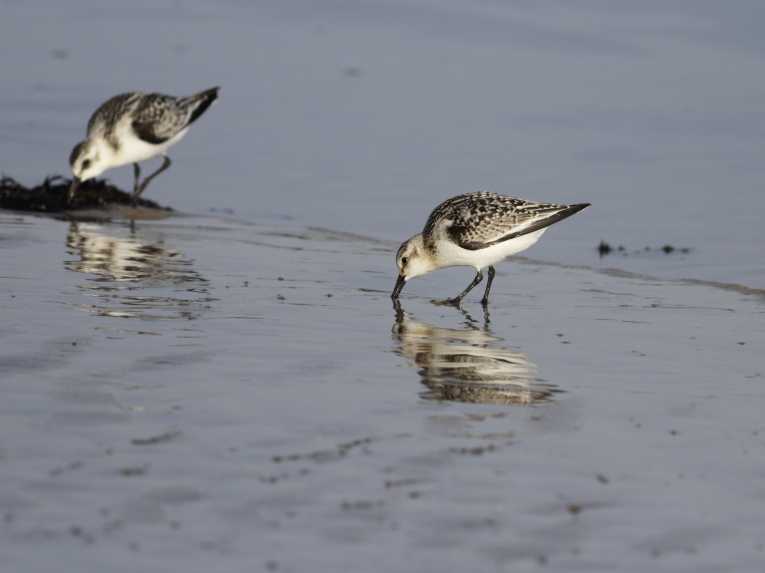Conservationists, including a team from the Wildfowl and Wetlands Trust (WWT), have set off to Russia, in an attempt to save one of the world's rarest and shyest birds.
Spoon-billed sandpipers are well-camouflaged amongst their tundra habitat, with a unique spoon-shaped bill. Breeding in Chukotka in north-eastern Russia, the spoon-billed sandpiper migrates an astonishing 8000 kilometres to over-winter in Southeast Asia.
As well as an unusual beak, the spoon-billed sandpiper also has the dubious honour of being one of the rarest wading birds in the world. Worryingly, the spoon-billed sandpiper population is in freefall.
In 2009, no more than 200 breeding pairs were thought to exist. Now, the total population of spoon-billed sandpipers maybe as low as 60 pairs: the population is thought to be declining by around a quarter every year. Conservationists fear this charismatic little bird could be extinct within a decade if the decline is not reversed.
Trapping of the birds in Chukotka is thought to be the cause of the catastrophic population decrease. Although the spoon-billed sandpiper is not a preferred food species, it is often caught in nets set for much larger birds. Another threat to the spoon-billed sandpiper is the loss of inter-tidal habitats in which it feeds during its epic migration.
A WWT team is currently in Chukotka to take drastic action in the hope of saving the spoon-billed sandpiper. WWT are working with various conservation organisations, including BirdLife International, and with local communities to tackle the twin threats of hunting and habitat loss.
Hunters will be compensated for any birds they release alive, in addition to compensation for loss of hunting if they give up some of their nets. However, the rate of population decline in spoon-billed sandpipers is so serious that only a captive breeding programme will maintain the population at a sustainable level.
Captive breeding will "buy time" for effective conservation action before the wild population is lost completely. The WWT team hope to collect an incubate eggs in a specially constructed incubation facility on the tundra. Fledgling chicks will then be transported to Moscow zoo for quarantine purposes, before being moved to a specially built unit at WWT headquarters in Slimbridge, Gloucestershire.
WWT aims to build up a viable captive population of spoon-billed sandpipers. These birds will then be released into the wild when - and if - hunting and habitat loss are halted. To help support WWT in their mission to save the spoon-billed sandpiper, you can contribute on the WWT website.
Spoon-billed sandpiper footage by David Sibley (WWT)
Top Image: Shorebirds. Credit: © Zacarias da Mata










